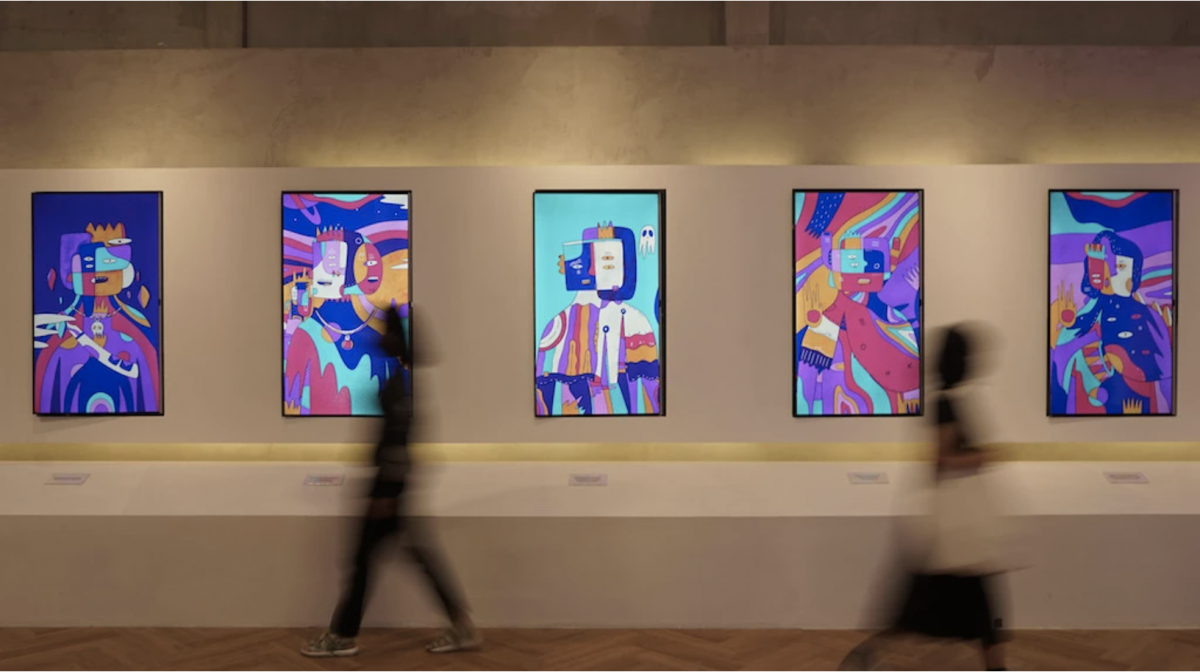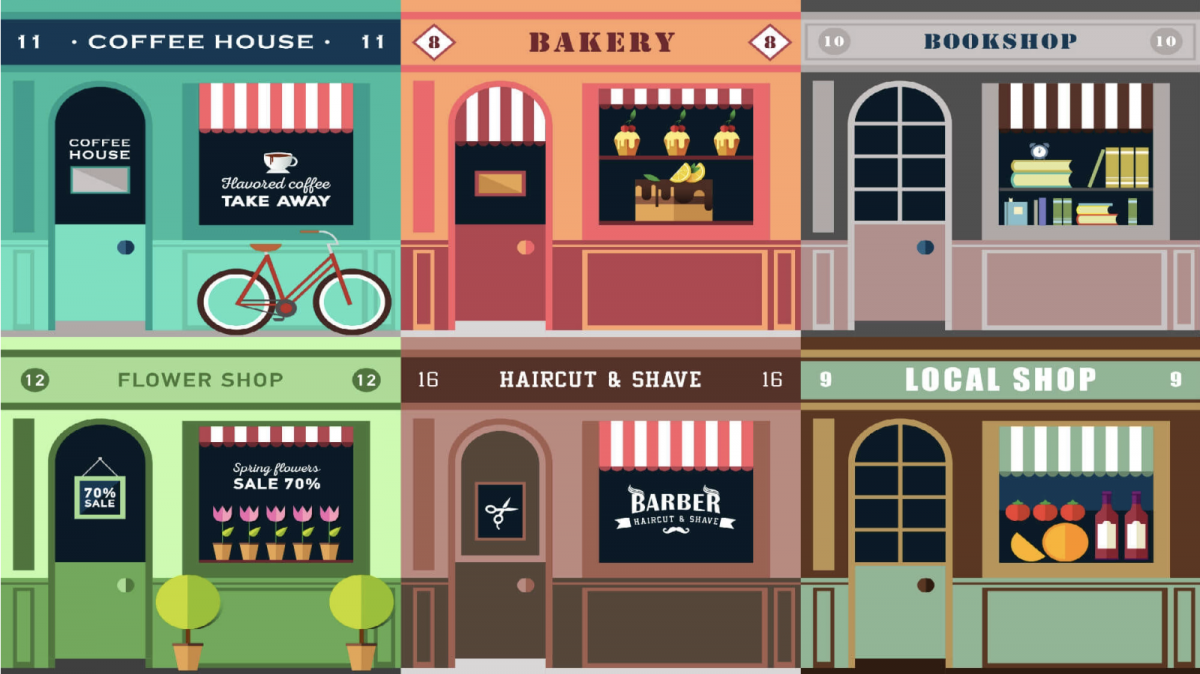NFTs–or non-fungible tokens–are usually pictured as digital art. We commonly see them as unique art pieces or collections of up to 10,000 pieces; there are apes, punks, doodles, and any other type of avatars you could imagine using in the metaverse or digital paintings you would display in a digital showroom.
But NFTs have much more potential than just digital art pieces. Two important aspects about them need to be taken into consideration to understand them better:
- First, it is essential to acknowledge that they are a way of bringing people together from almost anywhere in the world; NFTs projects (almost) always have a discord server to welcome anyone interested. It is a sort of forum where people can exchange ideas, discuss common interests, make new friends, contribute to the project, etc.
- Second, NFTs allow you to verify ownership. In short, these assets are stored in a digital wallet that only its owner can access via a password (private key). Tools have been developed to quickly, easily, and safely verify that an NFT is indeed in your possession.
Knowing these two aspects, we can imagine several use cases for NFTs:
1. NFTs to bring together a fandom
Imagine Harry Potter NFTs that would provide access to a community of fans. People possessing one of these NFTs would have special perks, i.e. a free visit to the Harry Potter studio tour in London, the chance of being randomly picked to meet with the actors, or a book signed by J.K. Rowling.
The difference between this community and a regular forum is that the NFT allows you to privatize access to the community (or part of it) through proof of ownership. Additionally, you could organize various online or in-person events to bring people together, and the costs could be partially or entirely covered by the money made from the NFTs.
2. NFTs as digital cards/stickers to be collected and exchanged
We all know FIFA Panini cards and many of us have experienced the joy of collecting them. Well, picture FIFA Panini cards but as NFTs rather than actual stickers. It would allow people to have digital sticker books that do not deteriorate through the years and do not take up space in the house. Again, the project owners could create subgroups–similar to subreddits or topic pages in an online forum–to gather fans and provide exclusive experiences or discounts to them.
Similarly, people could collect figurines as NFTs instead of physical ones. It is practical space-wise, makes them easy to share with the world in the metaverse, and allows for simplified trades. Indeed, no need to meet with someone or ship the item if you make an online trade; all you need is the other person’s digital wallet address or a platform that acts as a middleman.
3. NFTs as a membership card
One last example of how NFTs could be used is to give access to a service this time. We have all heard about Netflix wanting to keep us from sharing our account’s password with friends and family. By giving you a unique NFT stored in your personal digital wallet, the entertainment platform could ask you to verify your identity with your NFT each time you log in to the website.
This could be applied to many different contexts and could also be used as a rewards card: Nike could award a particular NFT to its most loyal customers, giving them access to exclusive items, drops, and raffles.
The world of cryptocurrencies, NFTs, and metaverse is still very blurry and we have not yet uncovered everything about how they might change our way of living. Moreover, there are still many obstacles to mass adoption such as their impact on the environment, the complexity of blockchain technology for most, and the many scams going around. But I think it is fascinating to be facing a new technology–blockchain–that leaves all possibilities open for the future and to imagine how it could be shaped.
If you would like to explore more use cases, feel free to check the references below and share what use cases you would see for NFTs.
References:
Ethereum (2022) Non-fungible tokens (NFT). https://ethereum.org/en/nft/. Accessed September 14, 2022.
Mojtahedi A. (2022) Top 7 Use Cases of NFTs. https://research.aimultiple.com/nft-use-cases/. Accessed September 14, 2022.
Rean (2022) 10 Practical NFT Use Cases Beyond Digital Artworks. https://www.hongkiat.com/blog/nft-use-cases/. Accessed September 14, 2022.
Kumar A. (2022). NFT Use Cases & Applications Examples. https://vitalflux.com/nft-use-cases-applications-examples/. Accessed September 14, 2022


